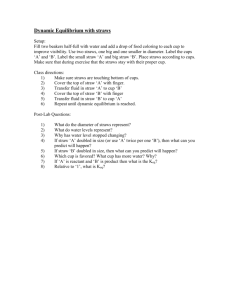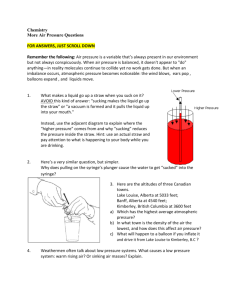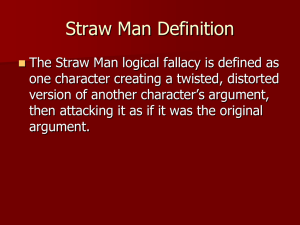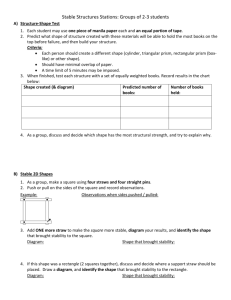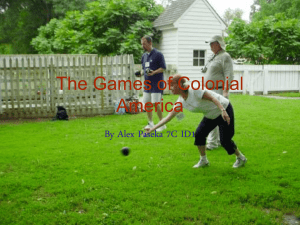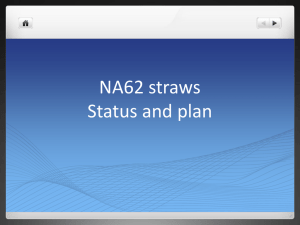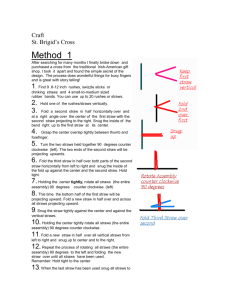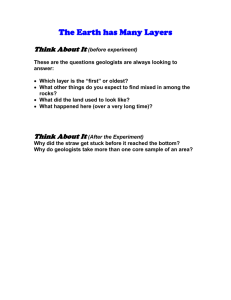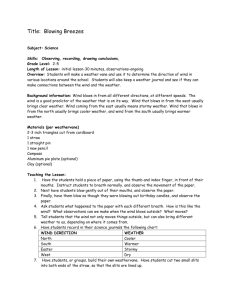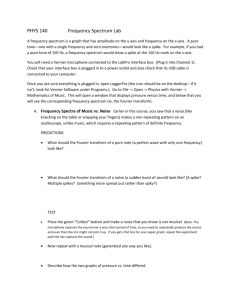Lab Write-up and Reflection Statement
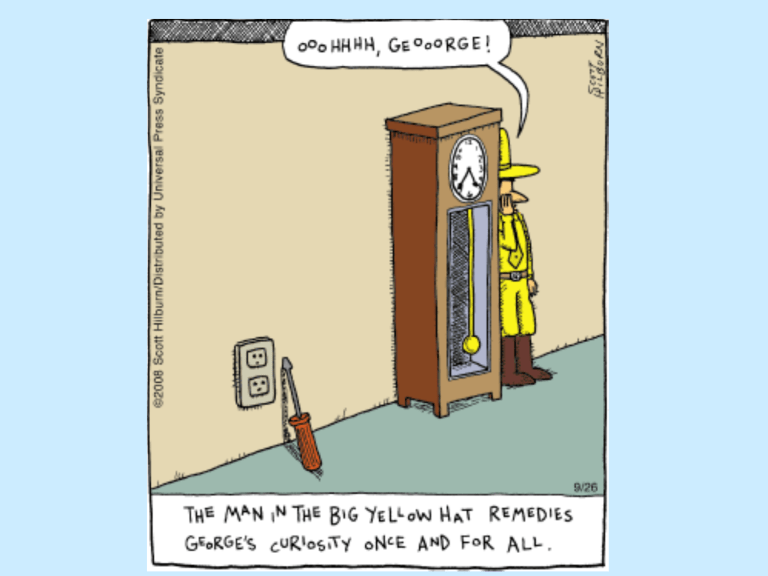
Friday, Jan. 18
th
: “A” Day
Tuesday, Jan. 22
nd
: “B” Day
Agenda
Homework questions/collect (Pg. 432: #1-12)
2 nd combined gas law example for warm-up
Sec. 12.2 quiz: “The Gas Laws”
Lab discussion/write up: “Charles’ Law: The
Effect of Temperature on Volume”
Gas Laws and Drinking Straw Activity
Lab next time - dress appropriately!
Homework Questions
Pg. 432: #1-12
Questions/Problems?
Hand In
Additional Example
A gas at STP occupies 28 cm 3 of space. If the pressure changes to 3.8 atm and the temperature increases to
203°C, find the new volume.
Use the combined gas law: P
1
V
1
T
1
= P
2
V
2
T
2
P
V
1
T
1
1
P
T
2
2
= 1.00 atm
= 28.0 cm
= 0°C + 273 = 273 K
= 3.8 atm
3
= 203°C + 273 = 476 K
V
2
= 12.8 cm 3
Sec. 12.2 quiz
“The Gas Laws”
You may use your book, notes, and a calculator to complete the quiz on your own.
Question #5 was NOT covered in this section…the answer is (C) Dalton.
Good Luck!
Lab: “Charles’ Law: The Effect of
Temperature on Volume”
Background
According to the kinetic-molecular theory, an increase in temperature will cause the molecules of a gas to move faster and exert more pressure, causing the gas to expand.
Conversely, as a gas cools, the molecules move more slowly and the gas will contract, or exert less pressure.
The relationship between the volume of a gas and its temperature is known as Charles’s Law.
Lab: “Charles’ Law: The Effect of
Temperature on Volume”
Title, Purpose and Hypothesis
You will have to read through the lab to find the purpose of this lab and write your hypothesis statement.
Lab: “Charles’ Law: The Effect of
Temperature on Volume”
Changes to Materials List
Remember, 1 cm 3 = 1 mL
You will use a hot plate NOT a bunsen burner.
Change “thermometer” to “temperature probe”.
You will need a 100 mL graduated cylinder, NOT a
50 mL.
Cross out the barometer – we don’t have one. I will look online to find the atmospheric pressure.
Lab: “Charles’ Law: The Effect of
Temperature on Volume”
Procedure
The procedure for this lab is pretty straightforward and we will follow the directions in the lab handout.
I have graph paper for you to use to graph your data.
Lab: “Charles’ Law: The Effect of
Temperature on Volume”
Lab Write-up and Reflection Statement
With a partner of your choice, complete the lab write-up.
Don’t forget to leave space for the reflection statement.
Be sure to update your table of contents in your lab folder.
We will be in the lab next time: dress appropriately!
Gas Laws & Drinking Straws
Activity
Pre Lab Question
(Answer on the back of your post-lab question sheet)
Why can we drink through a straw?
try to explain it without using the word suck in your description
Activity #1
Fill your cup ½ full of water.
Put your straw in the cup.
Place one finger over the straw and lift it out of the water.
Observe the water in the straw carefully.
Grab a second straw.
Activity #2
Put both straws into your mouth.
Lower one of them into the glass and the other should be outside of the glass.
Try to drink the water through the straw in the glass
Activity #3
Tape two straws together end to end and drink from them.
Continue to add straws until you have a total of 8 straws taped together.
Try drinking out of your elongated straw vertically and as horizontally as possible.
Activity #4 (demonstration)
Use flexible tubing to make a giant straw on the stairwell.
Post Lab Questions
1. Why does the water stay in the straw in activity #1?
2. Why can’t you drink very well in activity #2 (two straws in your mouth)?
3. Why is there a limit to the height of a straw you can drink from?
4. What is the maximum theoretical height through which you can drink?
Atmospheric pressure = 760 mmHg
Mercury is 13.7 times more dense than water is.

